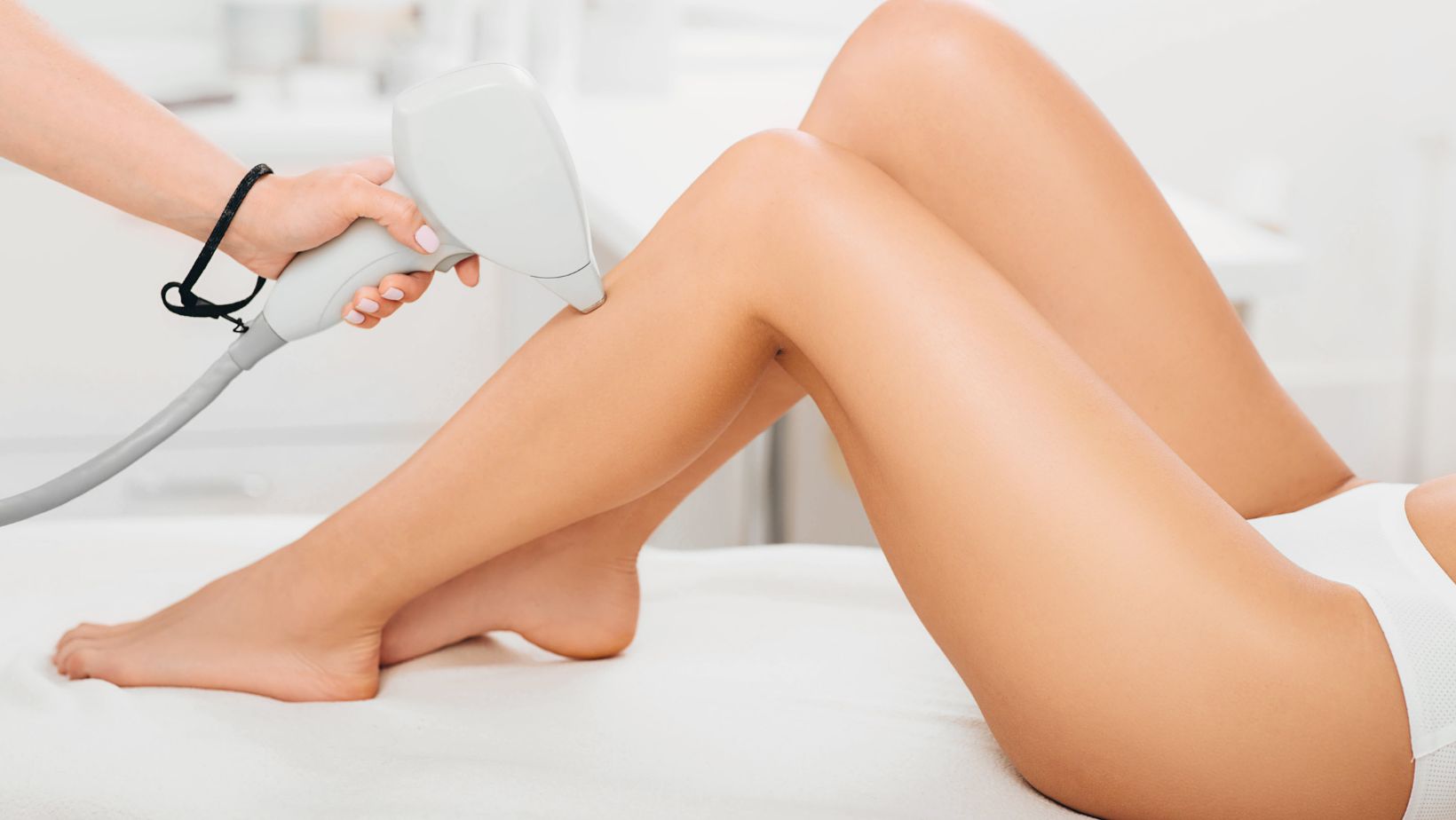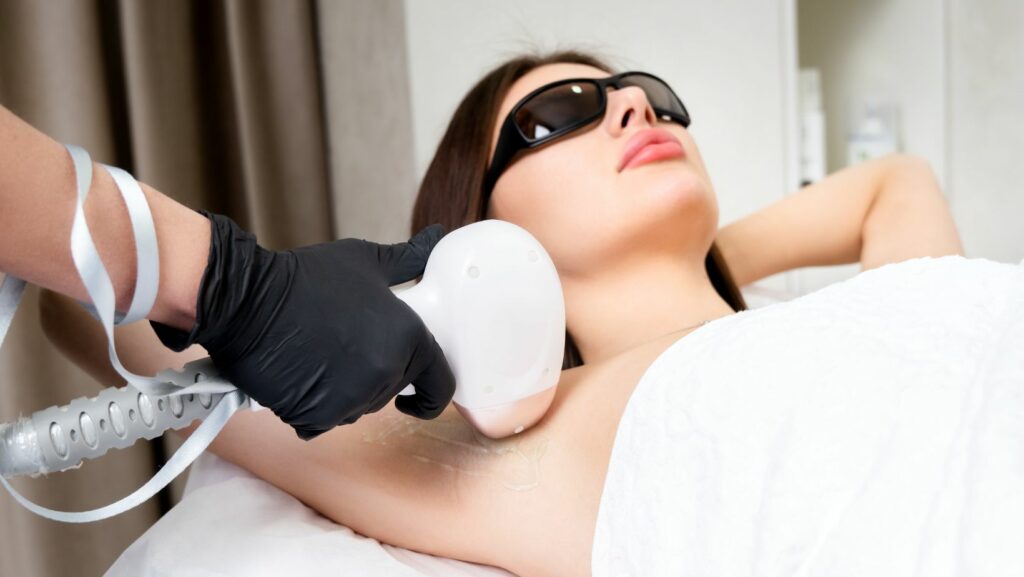Laser Hair Removal While Pregnant
Laser Hair Removal While Pregnant uses concentrated light beams to target hair follicles. By damaging the follicles, it reduces or eliminates hair growth in treated areas. Typically used on legs, arms, face, and bikini lines, this method offers long-term results compared to shaving and waxing. The procedure involves several sessions spaced weeks apart, as hair grows in cycles and the laser acts during the active growth phase. Short bursts of energy convert light to heat, effectively inhibiting future hair growth. Commonly, individuals report minimal discomfort akin to a rubber band snapping against the skin.
Procedures are conducted by licensed professionals. Equipment and settings should be tailored to skin type and hair color for optimal effectiveness and safety. Potential side effects can include redness and swelling, which typically subside within a few hours. Concerns about pigmentation changes or scarring are lower with newer technologies and practiced technicians. Comprehensive consultations assess each individual’s suitability and expectations, ensuring informed choices.
Pregnancy triggers numerous physiological changes, and concerns regarding Laser Hair Removal While Pregnant relate to these changes. The skin often becomes more sensitive during pregnancy, which may increase the risk of adverse reactions. Potential effects, such as redness, irritation, or pigmentation changes, must be evaluated carefully.
Although Laser Hair Removal While Pregnant targets hair follicles, not the skin’s deeper layers, there’s a lack of comprehensive research on its impact on fetal development. Healthcare providers usually advise expecting mothers to avoid unnecessary medical and cosmetic procedures to minimize potential risks to the baby. The FDA has not specifically addressed Laser Hair Removal While Pregnant during pregnancy, further emphasizing caution.
Pregnant women might consider alternative hair removal methods due to these concerns. Expert dermatologists typically recommend waiting until after pregnancy to pursue laser treatments, ensuring both mother and child’s safety.
Potential Risks and Side Effects
Pregnancy involves various physiological changes that can impact how the skin reacts to treatments like Laser Hair Removal While Pregnant. Understanding these risks is crucial. During pregnancy, skin often becomes more sensitive, affecting how it tolerates laser treatments. Increased sensitivity can lead to greater discomfort or pain during procedures. Skin may exhibit heightened reactions, including redness, irritation, and swelling.  These side effects, although often temporary, may be more pronounced in expecting mothers. Extra caution in skin care and aftercare practices can be essential to manage these effects effectively.
These side effects, although often temporary, may be more pronounced in expecting mothers. Extra caution in skin care and aftercare practices can be essential to manage these effects effectively.
Hormonal fluctuations during pregnancy influence hair growth patterns and skin condition. Elevated hormone levels may alter the skin’s response to lasers, potentially making it more susceptible to side effects. Hormones can also cause increased melanin production, which may result in pigmentation changes post-treatment. Adjustments in treatment plans and settings may be necessary to account for these hormonal variances, but due to the lack of comprehensive studies, experts usually advise against laser procedures while pregnant.
Alternative Hair Removal Methods
Pregnant women may seek safe, effective alternatives to Laser Hair Removal While Pregnant due to potential risks. Exploring different hair removal methods can provide viable options during pregnancy. Waxing removes hair from the root and is commonly performed in salons. It’s a longer-lasting option than shaving but can cause discomfort and skin irritation, especially when skin sensitivity increases during pregnancy. Shaving is easy and painless if done correctly, though it requires frequent repetition to maintain smooth skin and must be done with care to avoid cuts and irritation.
Depilatory creams dissolve hair at the skin’s surface and are widely available in drugstores. Pregnant women should choose products labeled for sensitive skin and conduct a patch test to check for adverse reactions. Natural solutions like sugaring or threading gently remove hair without chemicals. Sugaring involves a paste made of sugar, lemon juice, and water to pull hair from the roots, while threading uses twisted cotton threads to remove hair, offering a precise technique for facial areas.
Navigating hair removal during pregnancy requires careful consideration of safety and comfort. While Laser Hair Removal While Pregnant offers long-term results, the lack of research on its effects during pregnancy suggests caution. Expectant mothers should prioritize their health and the baby’s safety by consulting healthcare professionals before proceeding with laser treatments. Exploring alternative methods like shaving, waxing, or natural options can offer safer solutions during this sensitive time. Ultimately, informed decisions guided by expert advice ensure that both mother and child remain safe and healthy throughout the pregnancy journey.

